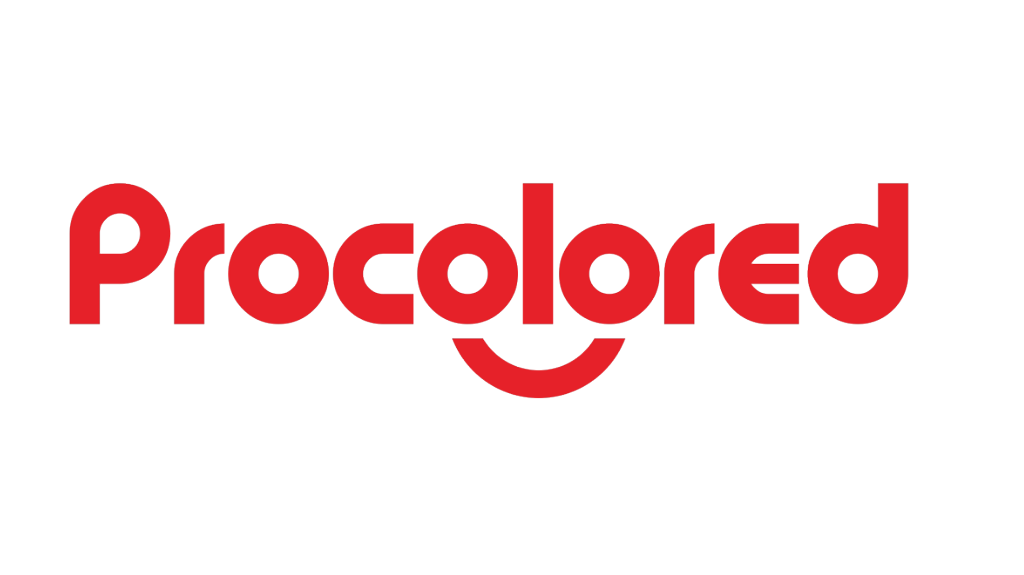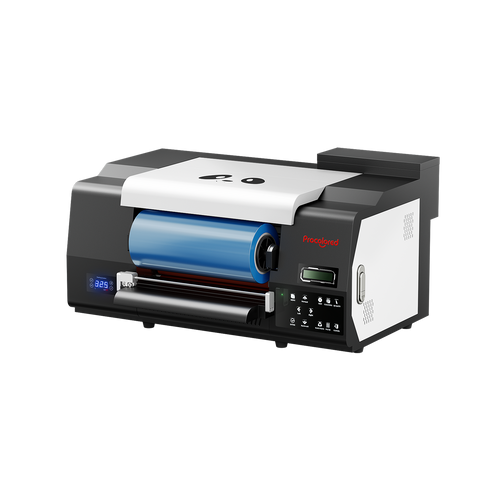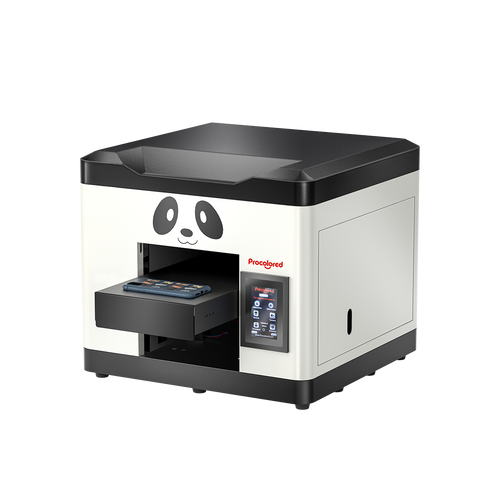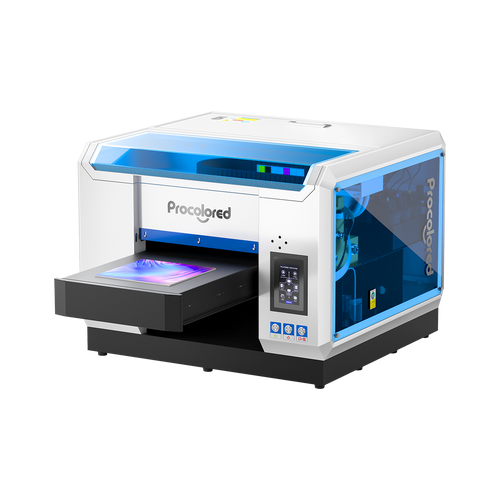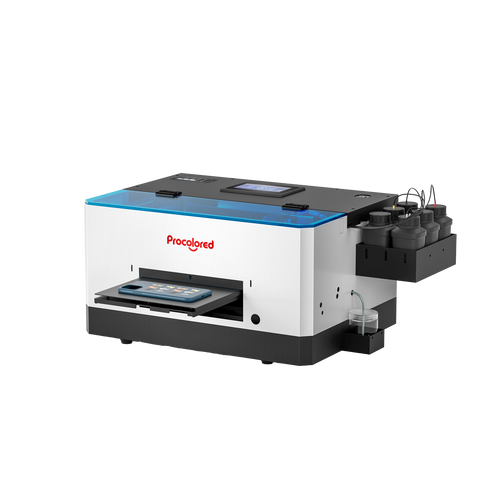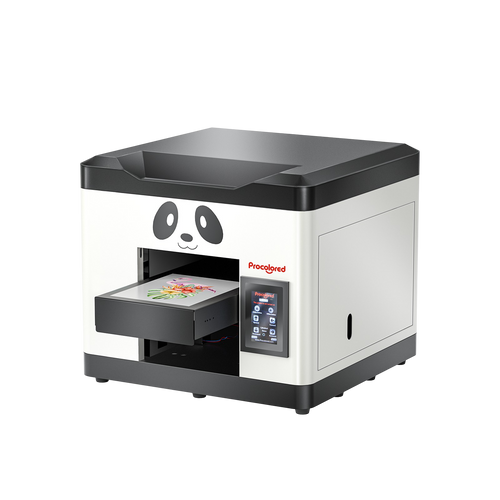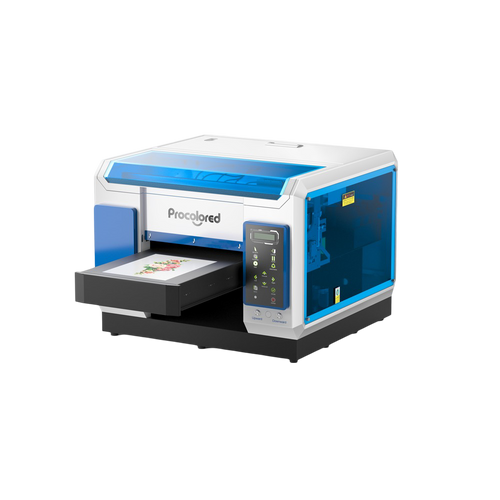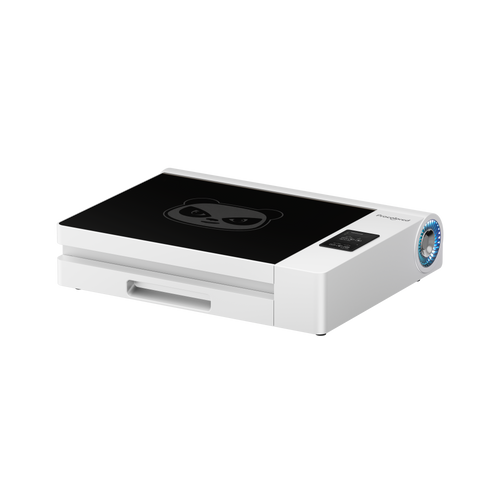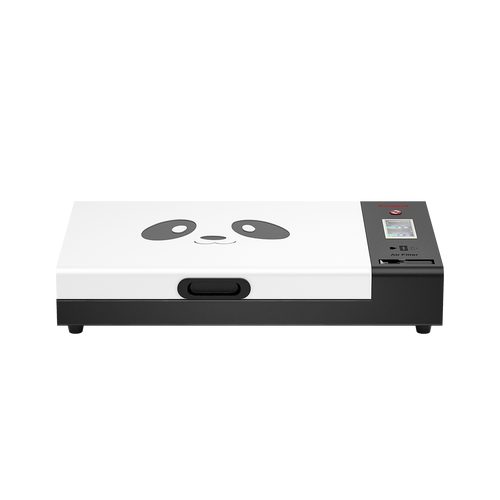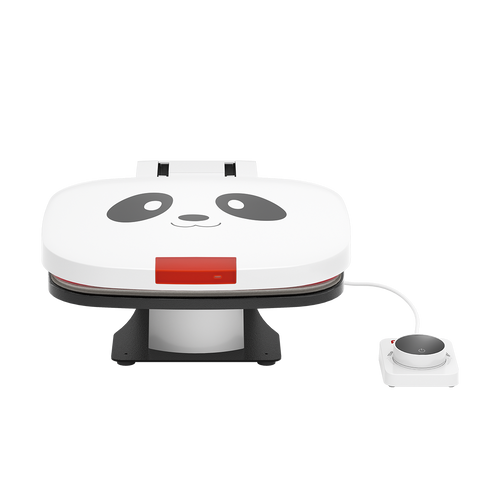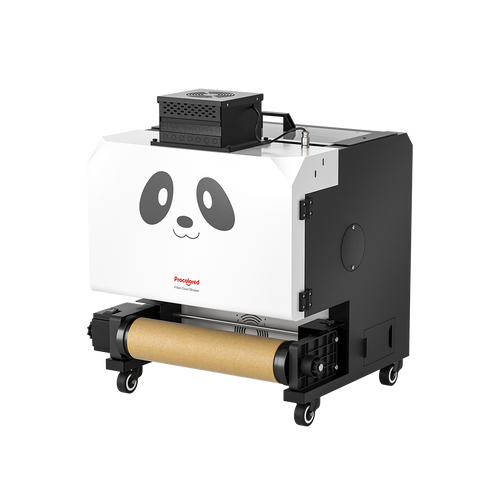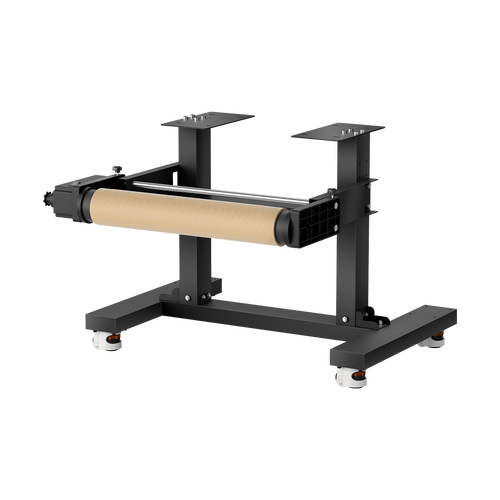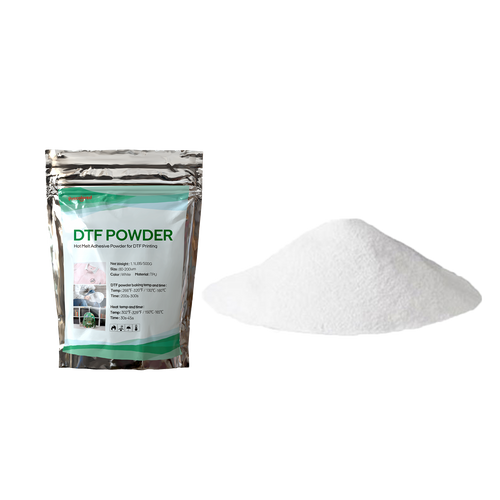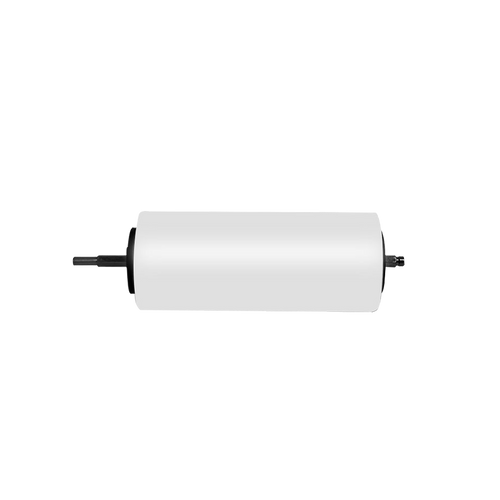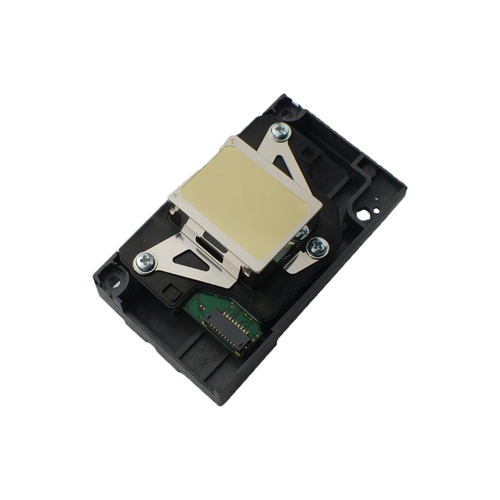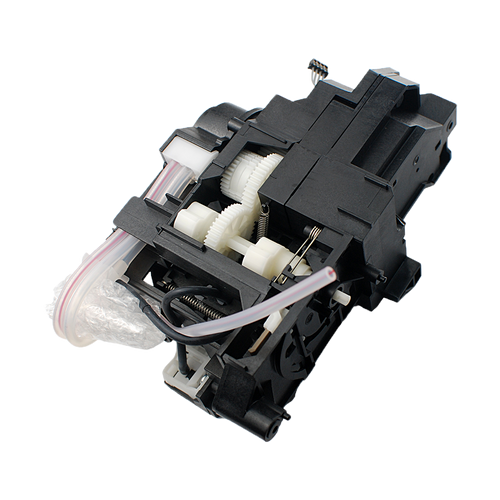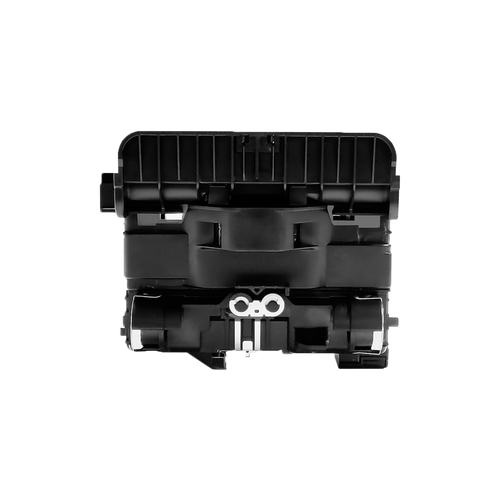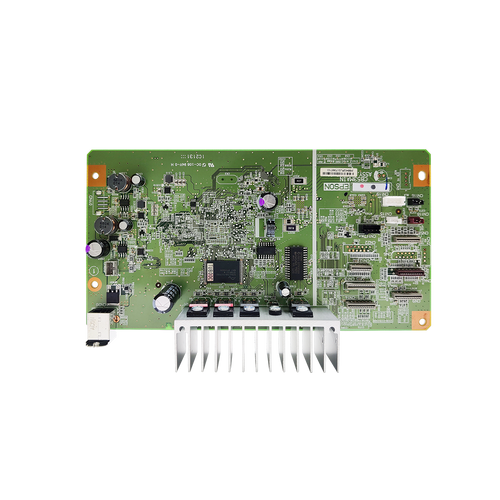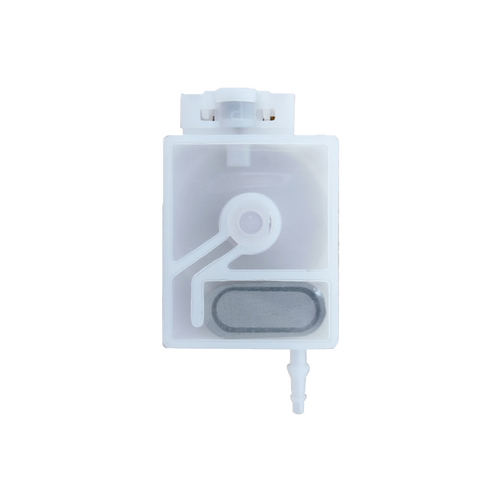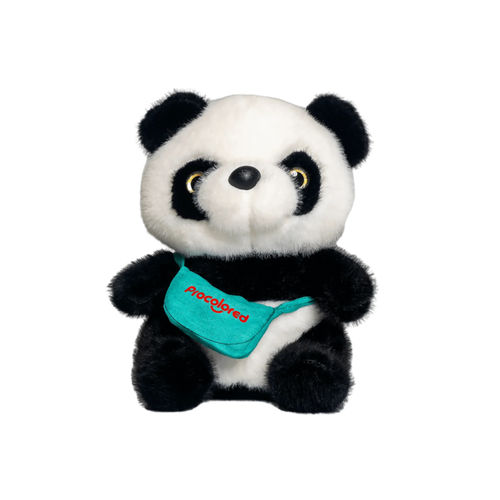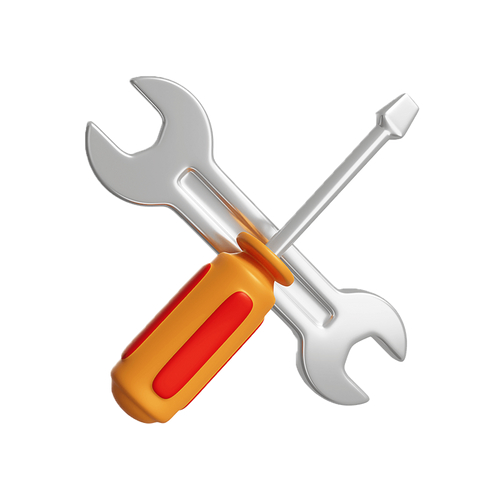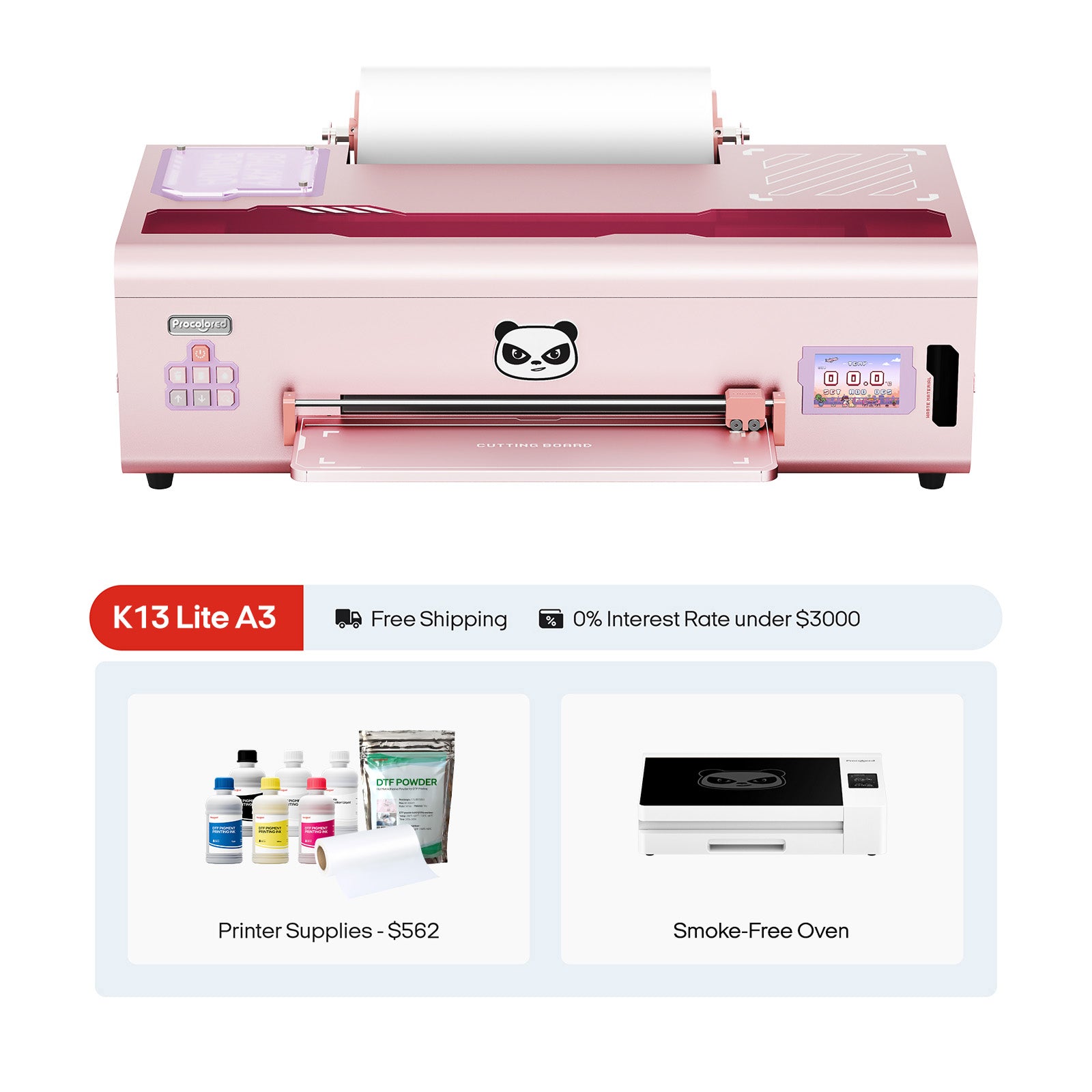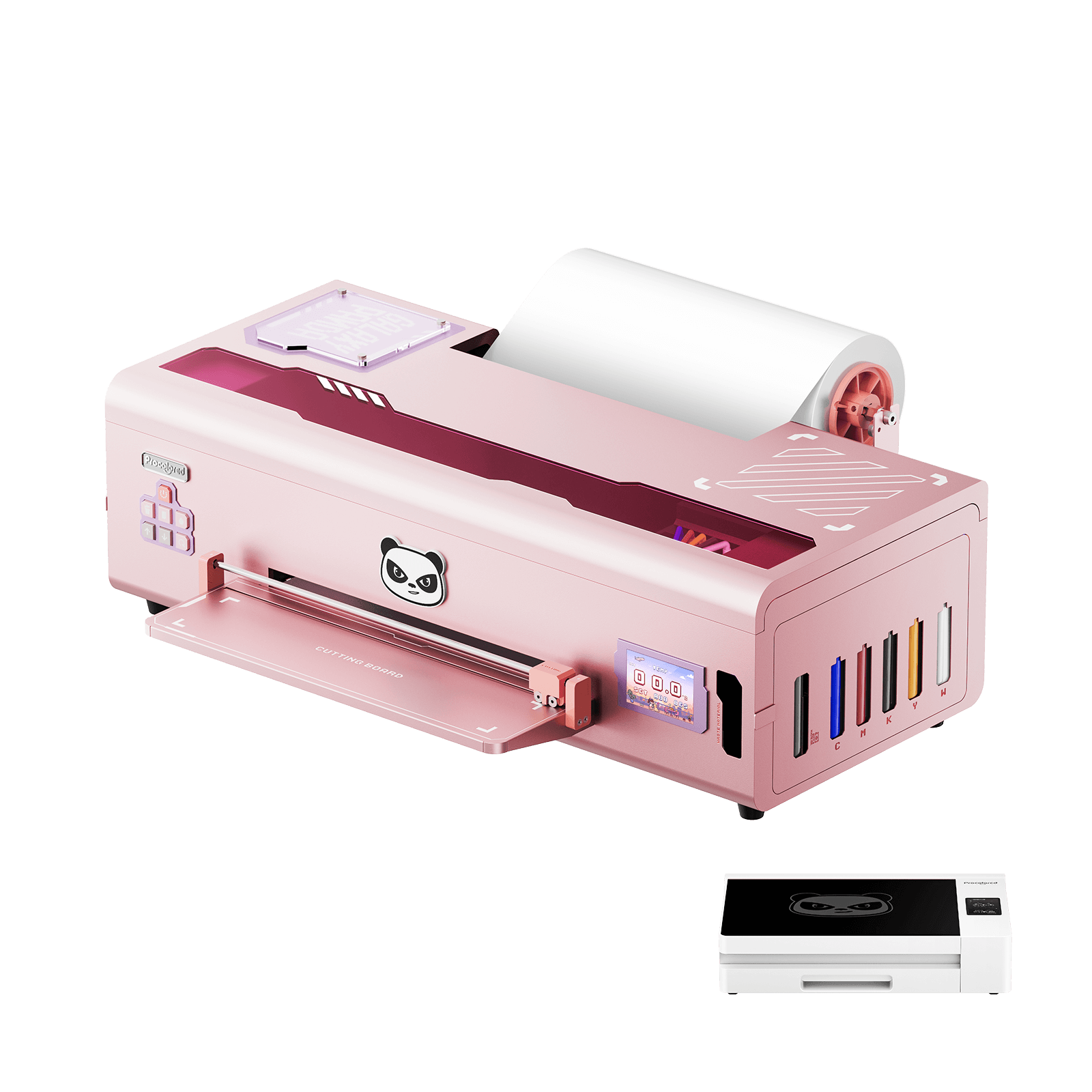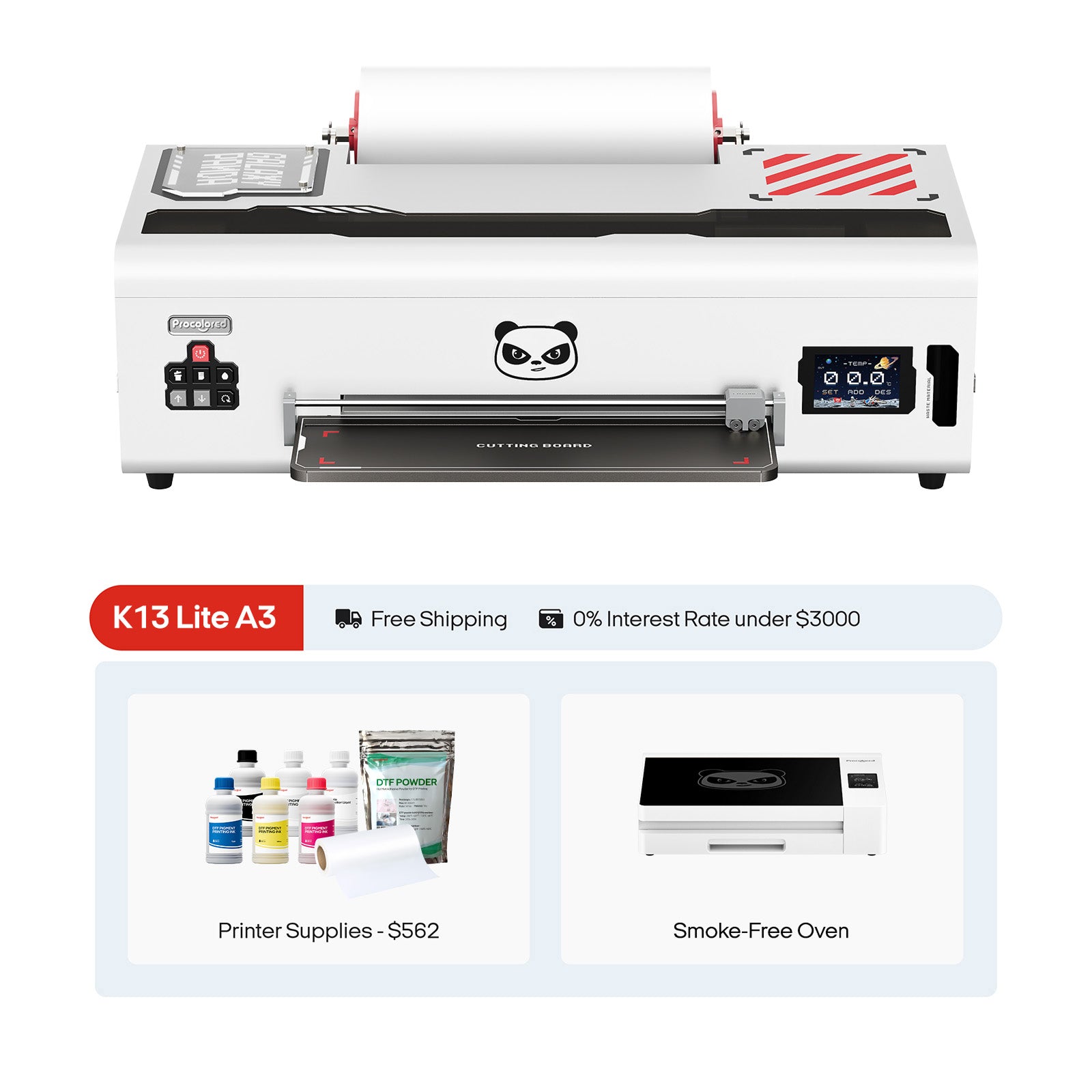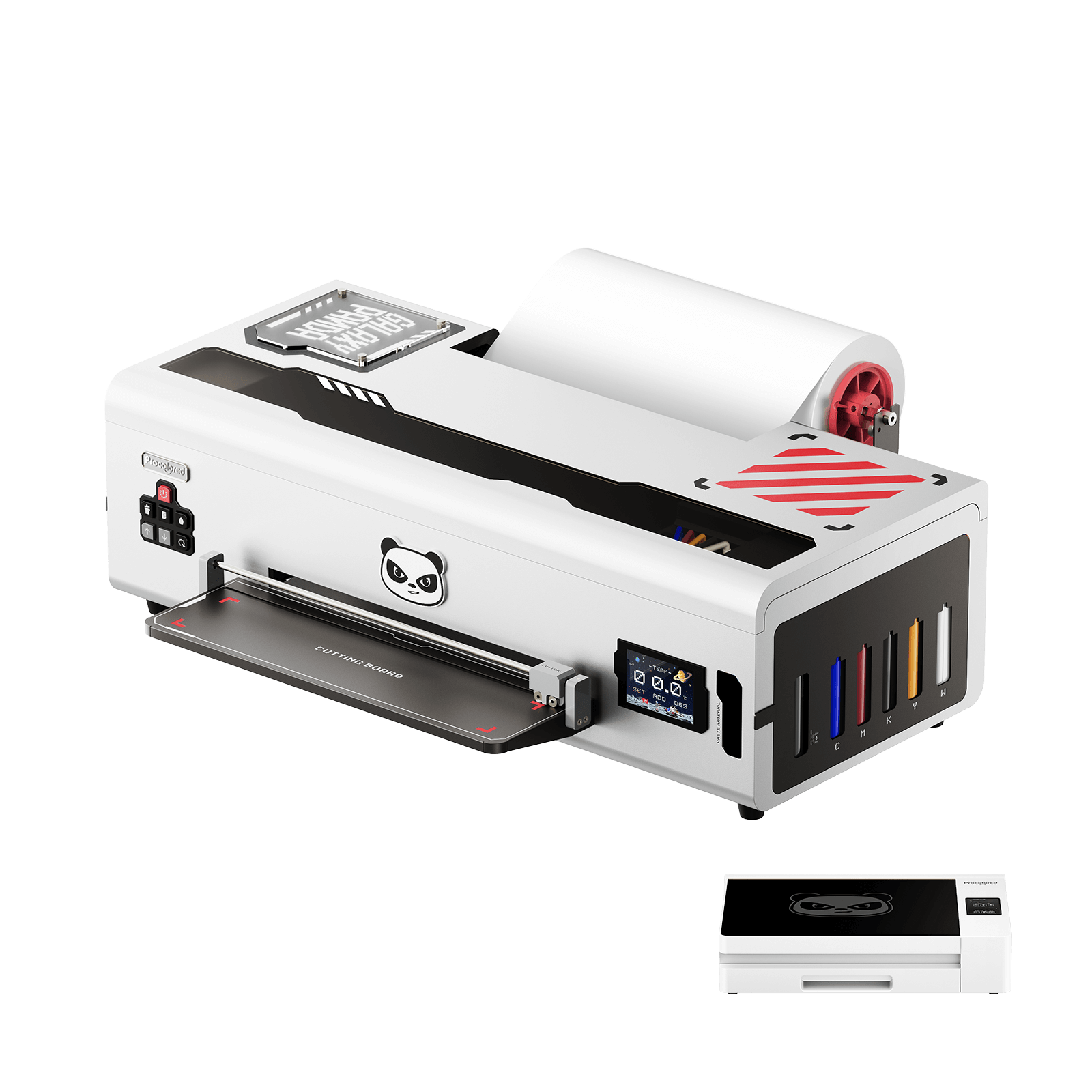It's always important to have a contingency plan in case your printer doesn't work and it affects your business. Here are a few things you can do to prepare:
Have a backup printer: One of the simplest solutions is to have a backup tshirt printer on hand. This way, if your primary tshirt printer breaks down, you can quickly switch to the backup and keep your business running.
Regular maintenance: To reduce the risk of your printer breaking down unexpectedly, it's important to perform regular maintenance. This includes cleaning the printer, checking for wear and tear, and replacing any damaged parts before they fail.
Have spare parts on hand: In addition to performing regular maintenance, it's a good idea to have spare parts on hand, such as print heads, ink cartridges, and other key components. This way, if a part fails, you can quickly replace it and keep your printer running.
Have a service contract: If you rely heavily on your printer for your business, it may be worth investing in a service contract with the manufacturer or a third-party service provider. This will ensure that you have access to fast, reliable support if your printer breaks down.
Have a backup plan: Finally, it's a good idea to have a backup plan in case your printer breaks down and you can't get it fixed right away. This might include outsourcing your printing needs to a third-party provider, or temporarily shifting your focus to other areas of your business until the printer is back up and running.
What technologies can DTF technology replace

DTF technology can potentially replace several other printing technologies for certain applications. Here are a few examples:
Direct-to-garment (DTG) printing: DTG printing is a popular method for printing designs directly onto fabric. However, DTF technology offers several advantages over DTG printing, including the ability to print on a wider range of fabrics, faster printing speeds, and lower ink costs.
Screen printing: Screen printing is a traditional printing method that involves using a stencil and ink to create a design on fabric. While screen printing is still widely used, DTF technology offers several advantages, including the ability to print more detailed designs, faster printing speeds, and a wider range of color options.
DTF Heat transfer printing: DTF Heat transfer printing involves using a heat press to transfer a design onto fabric. While this method is relatively simple and affordable, DTF technology offers several advantages, including the ability to print more detailed designs, faster printing speeds, and a wider range of color options.
Sublimation printing: Sublimation printing involves using heat to transfer dye onto fabric. While this method is popular for printing on polyester and other synthetic fabrics, DTF technology offers several advantages, including the ability to print on a wider range of fabrics, faster printing speeds, and lower ink costs.
It's worth noting, however, that each of these technologies has its own unique strengths and weaknesses, and the best choice will depend on the specific needs of your business.
Will The T-Shirt Printing Business Grow In The Future?
Yes, the T-shirt printing business is expected to continue growing in the future. Here are a few reasons why:
Personalization: Consumers are increasingly interested in personalized products, including T-shirts with custom designs. This trend is driven by the desire for individuality and self-expression, and is expected to continue growing in the future.
Online shopping: The growth of e-commerce has made it easier for consumers to shop for T-shirts online, which has led to increased demand for custom designs and a wider range of options.
Technology advancements: Advancements in printing technology, including DTF technology, have made it easier and more affordable to produce high-quality, custom T-shirts. This has opened up new opportunities for small businesses and entrepreneurs to enter the market.
Sustainability: Consumers are increasingly interested in eco-friendly products, and this includes T-shirts made from sustainable materials and printed using eco-friendly processes. This trend is expected to continue growing in the future, and could create new opportunities for businesses that specialize in sustainable T-shirt printing.
Overall, the T-shirt printing business is expected to continue growing as consumers demand more personalized, eco-friendly, and high-quality products. However, as with any industry, there will be competition and challenges to overcome, so it's important to stay up-to-date with the latest trends and technologies to remain competitive.
Is the DTF printer easy to maintain?
DTF printers generally require some level of maintenance, like any printing equipment. However, the level of maintenance required can depend on the specific model and brand of the DTF printer, as well as how often it is used and under what conditions.
In general, DTF printers are relatively easy to maintain, especially when compared to other printing technologies like screen printing. Here are a few maintenance tasks that may be required:
Cleaning the printer interior: Over time, dust and debris can accumulate inside the printer, which can cause issues with print quality. You should clean the interior of the printer regularly to remove any buildup.
Cleaning the print head: The print head is a critical component of the DTF printer and needs to be cleaned regularly to prevent clogging and ensure accurate prints. Many DTF printers have an automatic cleaning function, just need to do it in the software or press the button on the printer.
Ink replenishment: DTF printers require ink to operate, and it's important to monitor ink levels and replenish them as needed, this can be done manually.
Testing: DTF printers may require periodic printer testing and print head cleaning to ensure good printing results. Both testing and cleaning can be done in the software.
Maintenance kit replacement: Some DTF printers may require the replacement of maintenance kits, which contain various parts that need to be replaced periodically to ensure optimal performance.
keeping the printer in a clean and dry environment: DTF printers should be kept in a clean, dry environment to prevent damage from dust, humidity, or other environmental factors
By performing these regular maintenance tasks, you can help ensure that your DTF tshirt printer is operating at peak performance and producing high-quality prints. Make sure to follow the manufacturer's guidelines for maintenance, as specific maintenance requirements may vary depending on the brand and model of the printer.
How Many T-Shirts Can I Make With a DTF Printer
The number of T-shirts that can be produced with a DTF printer depends on several factors, including the size of the printer, the speed of the printer, the complexity of the design being printed, and the amount of ink used.
In general, most DTF printers are capable of printing several dozen to several hundred T-shirts per day, depending on the above factors. Some high-end models can even print over 1,000 T-shirts per day. If the automatic powder shaker machine is connected to the DTF printer using roll film, the efficiency will be greatly improved
However, it's important to note that the production capacity of a DTF printer is just one factor in determining the overall output of a T-shirt printing business. Other factors, such as the time required to prepare artwork, order and receive T-shirts, and fulfill orders, can also impact the overall output of the business.
Additionally, the production capacity of a DTF printer can vary depending on the quality of the output. Higher-quality prints may require more ink and take longer to produce, which can impact the overall production capacity of the printer.
I want to buy a DTF printer, but I am worried that it will have a lot of problems. Are There Many Problems With DTF Printers? Is There More Problems With Inkjet Printers Than Other Types Of Printer Problems?

Like any type of printing technology, DTF printers can experience problems from time to time. Some common issues that may occur with DTF printers include clogging of the print heads, ink flow problems, and color accuracy issues. However, many of these problems can be avoided or minimized with proper maintenance and use.
In terms of inkjet printers, which are commonly used in DTF printing, there are some specific problems that may be more common compared to other types of printers. For example, inkjet printers may be more prone to clogging due to the small size of the print heads and the tendency of the ink to dry out if not used frequently. Inkjet printers may also be more sensitive to the quality and type of ink used, which can impact print quality and longevity.
However, it's important to note that inkjet printers have improved significantly in recent years, and many modern models offer high-quality output and reliability. Additionally, other types of printing technologies, such as screen printing, may also have their own set of challenges and limitations.
Overall, while there may be some specific problems associated with DTF and inkjet printing, many of these can be mitigated with proper maintenance, use, and selection of high-quality equipment and materials.
It's understandable to have concerns about purchasing a new technology, like a DTF printer. However, like any other technology, DTF printers can be reliable if you choose a reputable brand like Procolored.
Look into different DTF printer brands and models and read reviews from other users. This can give you an idea of which printers are reliable and which ones may have issues.
Proper maintenance can help prevent issues from arising with your DTF printer. Make sure to clean the printer regularly, use high-quality ink and materials, and follow the manufacturer's guidelines for maintenance.
Some manufacturers offer warranties that cover repairs or replacements if the printer has issues. This can provide you with additional peace of mind.
Overall, while there is always some level of risk with any technology purchase, choosing a reputable brand, following proper maintenance procedures, and doing your research can help minimize the risk of issues with a DTF printer.

